How is the CPU produced?
We use computers every day and an indispensable part is the CPU, but have you ever wondered how the CPU was created? This article will introduce you to the Intel process of making a CPU for your computer.
CPU derived from sand
Sand is made of 25% silicon, just behind oxygen, it is the second richest chemical element in the earth's crust. Sand, especially quartz, has a high proportion of silicon in the form of silicon dioxide (SiO2) and is a basic component for semiconductor manufacturing industry.

Refined and developed
After purchasing coarse sand and silica separation, excess material will be processed and silicon is refined in several steps to finally achieve the quality of semiconductor manufacturing, known as electronic silicon. The purity after refining is so great that silicon at the electronic level has only one strange atom for every billion silicon atoms. After the refining process, Intel performs silicon melting. The result is a single crystal block (mono-crystal).

Single crystal block
Single crystal blocks are produced from silicon at the electronic level. This block weighs about 100 kg (or 220 pounds) and has a purity of 99.9999%.

Cut a single crystal block
Then, the single crystal block will be cut thinly into semiconductor discs or called wafer plates. Some blocks will be cut with a thickness of over 5 feet because the block diameter size varies depending on the size of the wafer required. Today, CPUs are usually made of wafers with a diameter of 300mm.
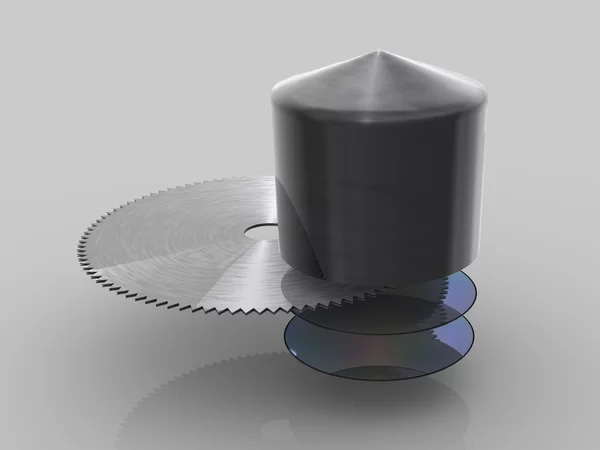
Polishing wafers
After the cutting phase, these wafers will be polished until they have a smooth, smooth surface. Intel does not produce crystals and wafers, they will buy from other companies. Intel's 45 nm High-K / Metal Gate process uses wafers with a diameter of 300mm (or 12 inches). When Intel first produced chips, they printed circuits on 50 mm (2 inch) panels. Today, Intel uses a 300 mm semiconductor plate, which reduces production costs for each chip.
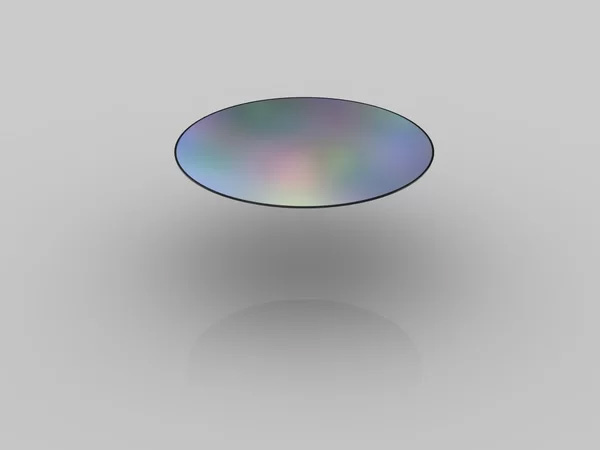
Using contrast material (Photoresist)
Blue liquid as shown below is a contrast material like the one used in film cameras. In this step, the wafers will be rotated so that the contrast material can be evenly covered, smooth and thin on it.
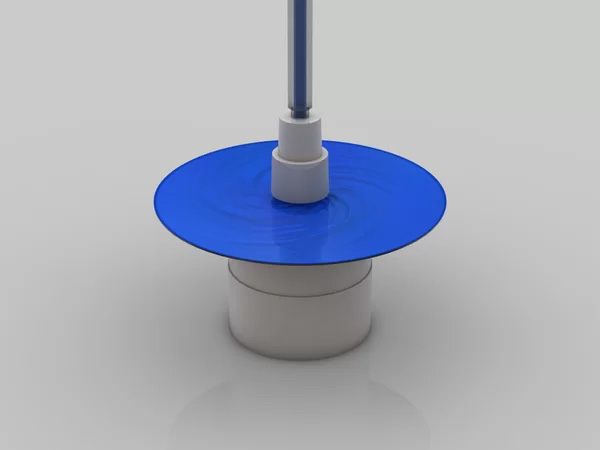
Exposure with ultraviolet rays
At this stage, the anti-reflective finish will be exposed with ultraviolet (UV) light. The chemical reaction activated by ultraviolet light is similar to what happens to film materials in a camera as soon as you press the shutter button.
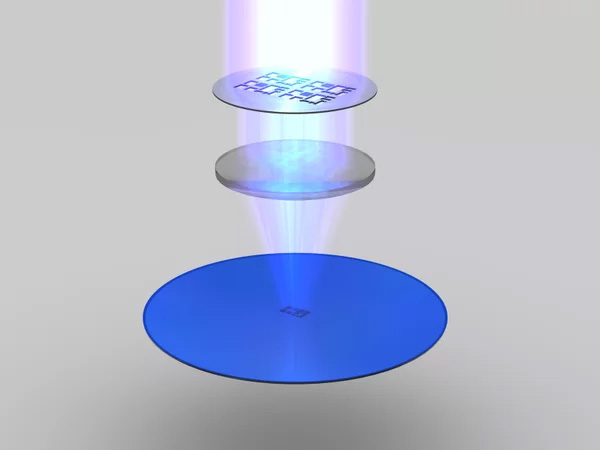
The areas of contrast material on the wafer that have been exposed to UV light will become soluble. Intel will use masks as templates with ultraviolet light to create different circuit patterns on the wafer. Creating a major CPU repeats this process continuously until multiple layers are stacked.
A lens (middle) reduces the image of the mask to a small focus. The "print" result on the wafer is usually 4 times smaller than the pattern of the mask.
Make more exposure
The image below shows what a transistor looks like when viewed with the naked eye. Transistors are considered electronic switches, controlling the current in a computer chip. Intel researchers have developed transistors that are so small that they think 30 million transistors can fit in one end of the battery.
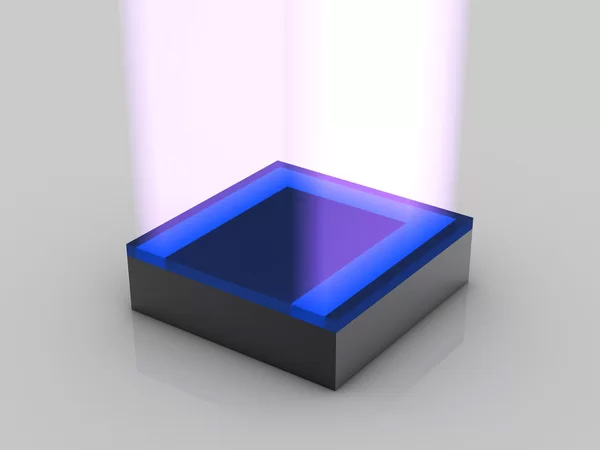
Wash the contrast material
After exposure to ultraviolet rays, areas with exposed blue contrast material will be thoroughly cleaned with solvent. This will reveal the contrast pattern made by the mask.
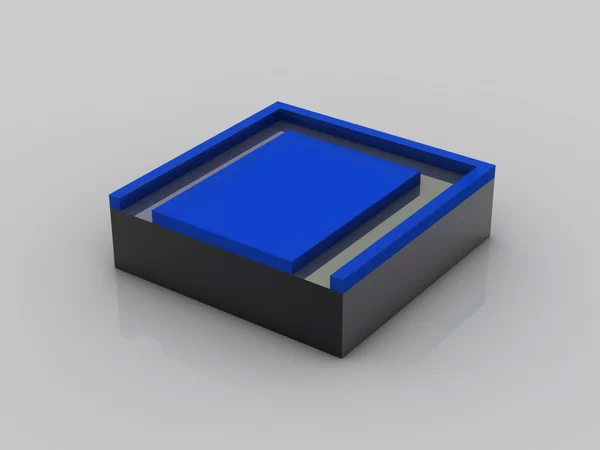
Notch
The reflective layer will protect the semiconductor material from being cleaned. The exposed areas will be etched with chemicals.
Removal of contrast material
After carving, contrast material will be removed and you can see the desired shape.
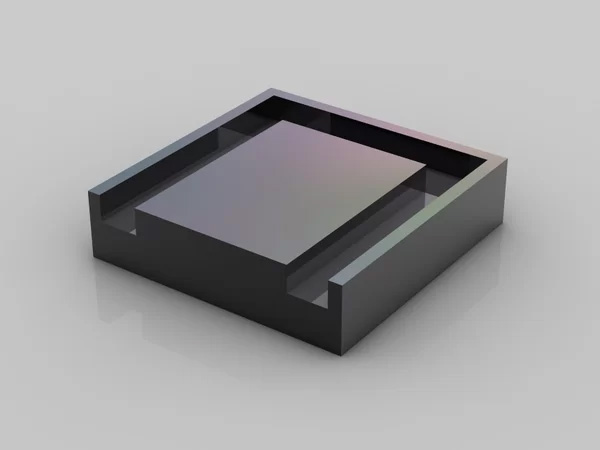
Use more contrast materials
At this stage, Intel uses more contrast material (blue) and then exposes it to ultraviolet rays. After that the dye is exposed to be washed before moving on to the next step. This is the step where ionic particles are exposed to water, altering the chemical properties of silicon so that the CPU controls the current.
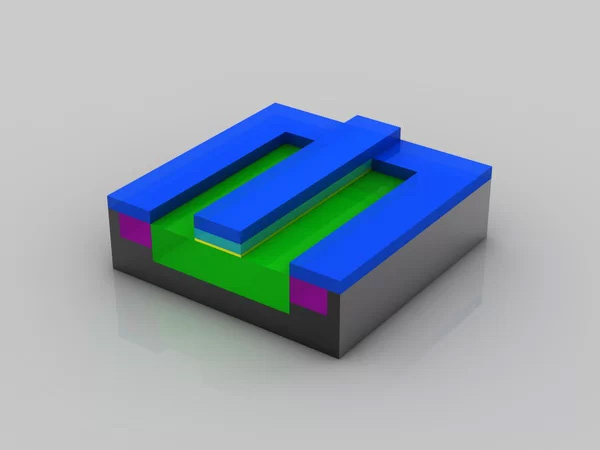
Ion Doping (Ion etching)
Through a process called ion implantation (a form of doping process) the wafer exposures are etched with ions. The ions that are implanted in the wafer will change the way silicon in these areas conducts electricity. Ion is pushed to the surface of the wafer at very high speeds, an electric field accelerates ions at a rate of over 300,000 km / h (about 185,000 mph).
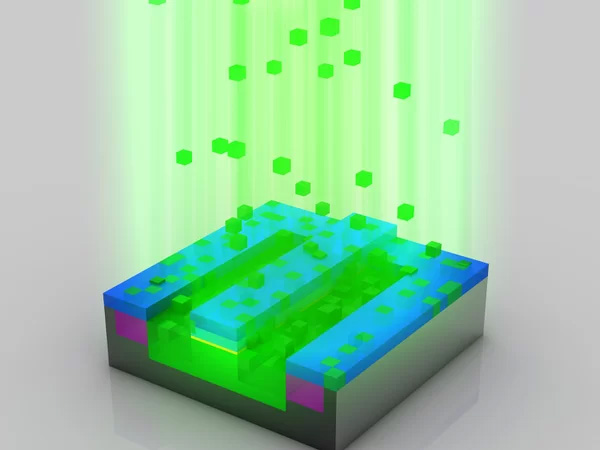
Wash the contrast material
After ion implantation, the dye will be removed and the material to be etched (green) now has strange atoms implanted.
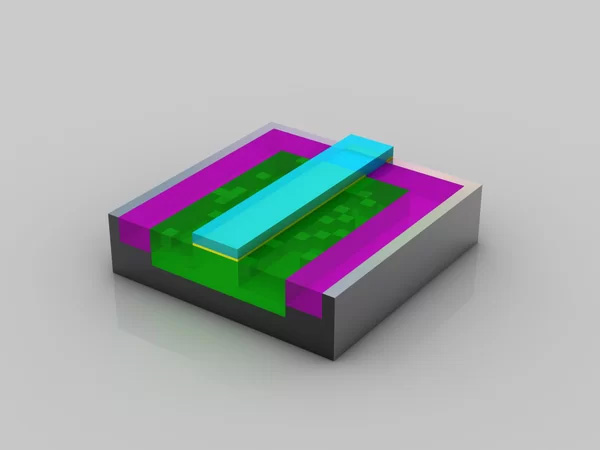
Transistors
Transistors are almost about to be completed. Three holes were etched into the insulation (dark pink) above the transistor. These three holes will be filled with copper, forming connections with other transistors.
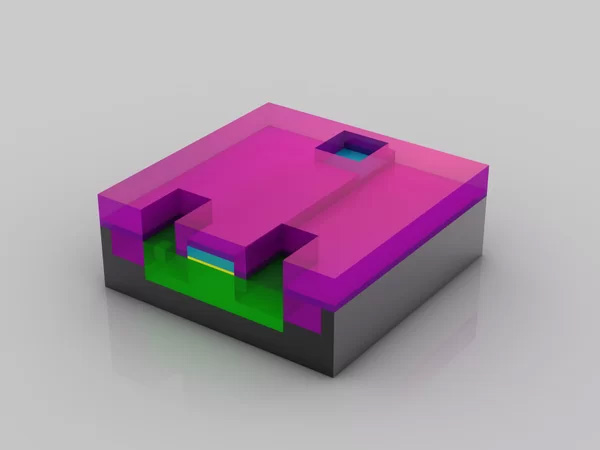
Wafer electroplating technique
The wafers are fed into copper sulfate solution at this stage. Copper ions are deposited into transistors through a process called electroplating. Copper ions travel from the anode (anode) to the cathode (cathode).
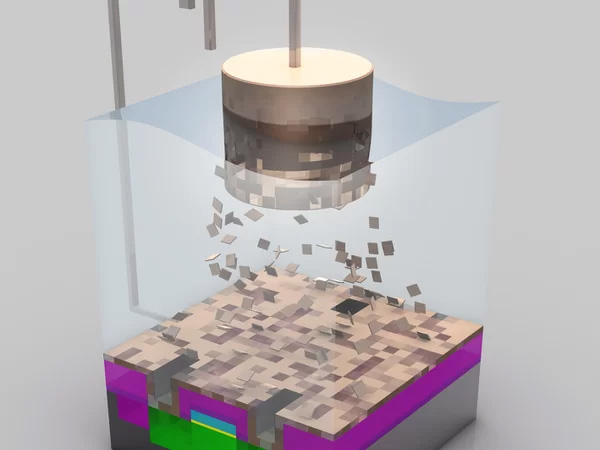
Arrange ion
Copper ions will be arranged into a thin layer on the wafer surface.
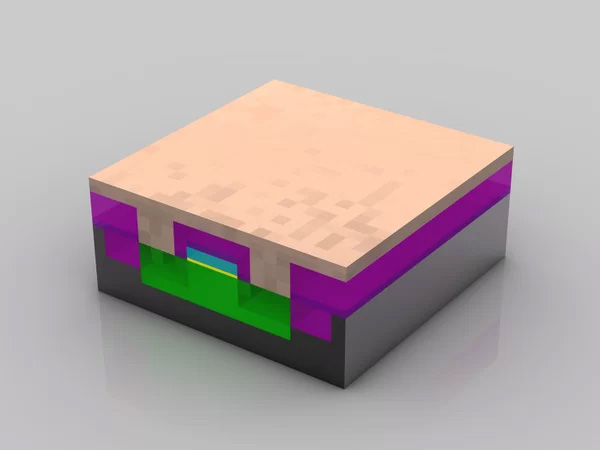
Polish excess
Polished excess materials leave a thin layer of copper.
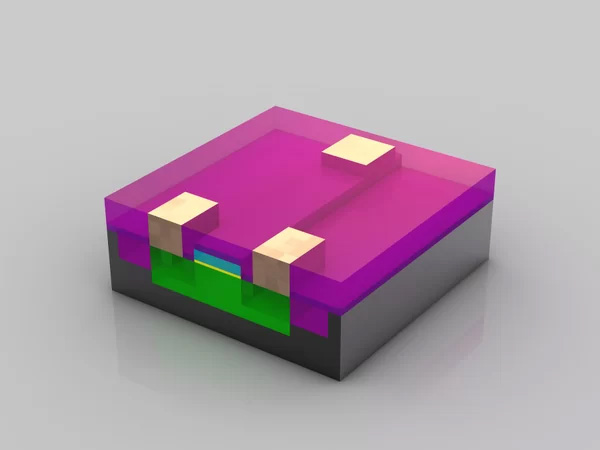
Create class
Many metal layers are created to connect between different transistors. Intel's architecture design and construction team determines how these connections are interconnected according to their respective processor functions (for example, Intel's Core i7 processor). Although computer chips look extremely flat, they can hold up to more than 20 layers to form complex circuits. If a room is large, you will see a complex network of wires and transistors that look like a multi-level highway system.
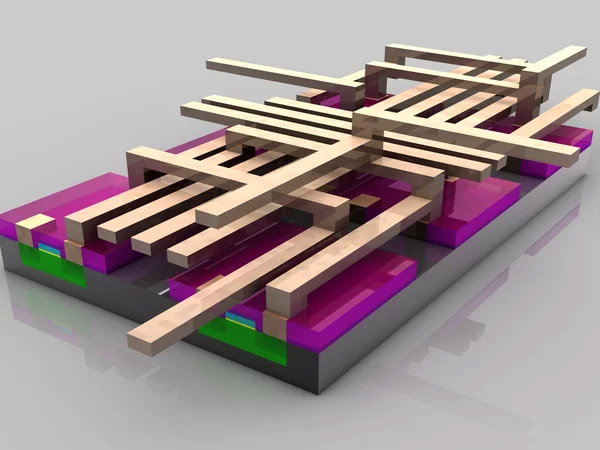
Check the wafer
A small part of the finished wafer will be put into the first functional test. During this phase, the test sample will be included in each single chip and monitored, comparing the response from each chip.
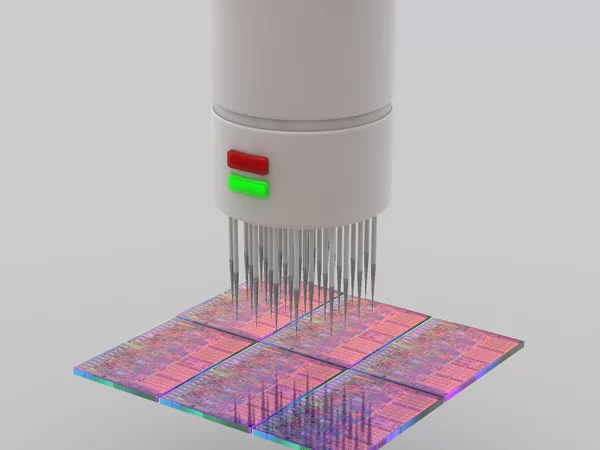
Cutting wafer into die
After the test determines that the wafer has good performance in processing devices, it will be cut into pieces called die.
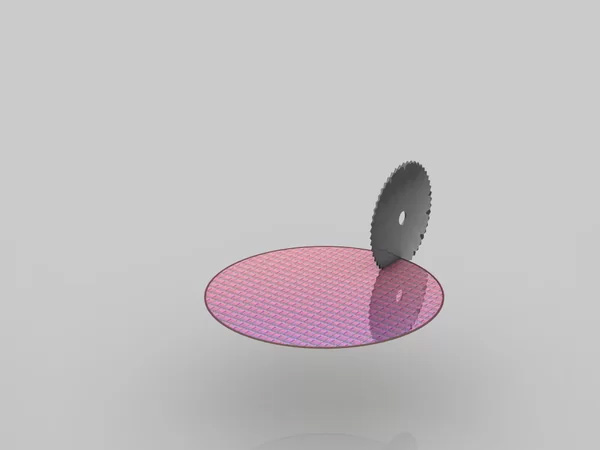
Check the die
The dies that respond properly to the control patterns will be moved to the next step (packaging), the bad dies will be removed.

Die
This is a separate die that has been cut from the previous step (wafer cutting). Die in this image belongs to an Intel Core i7 processor.

Packed CPU
The substrates, dies and heat exchangers are combined to form a complete processor. The green substrate creates the electrical and mechanical interface for the processor to interact with the rest of the computer system. Silver heat exchanger is a thermal interface, used for cooling solutions. This will make the processor cool during operation.
- 5 ways to cool down, cool, laptop radiator simple and effective

A complete CPU
Processors are the most complex manufactured products. In fact, it takes hundreds of steps and here comes only the most important steps.
CPU test
In this final test, the microprocessor will be tested for key characteristics (among the properties tested are the maximum power dissipation and frequency).
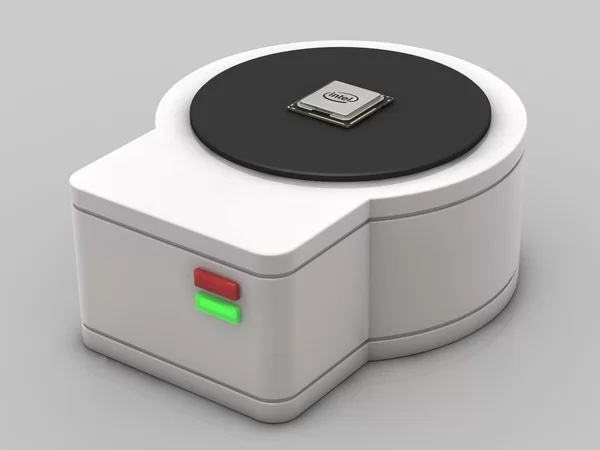
Classify CPU
Based on the classification test results, processors with the same capacity will be included in the same shipping tray. This process, called binning, must be familiar to Tom's hardware readers. Binning determines the maximum operating capacity of a processor, divided by batch and sold according to stable specifications.
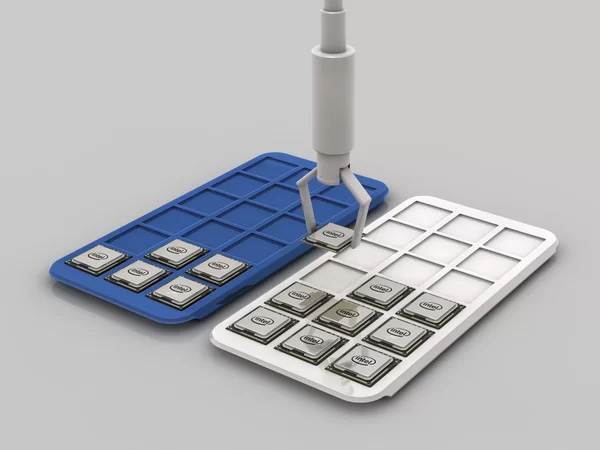
CPU distribution
Processors are manufactured and tested or go to system manufacturers or to retail stores.
You can watch this video to get a better understanding of the CPU production process.
See more:
- Learn about how the CPU works
- How to choose laptop CPU that meets the needs (part 1)
- Which CPU is faster: old but 'quality' or 'popular' but new?
You should read it
- Close-up of the refrigerator manufacturing process
- TSMC is ready for the 5nm process, the first product will be the Apple A14 Bionic?
- The first laptop to use Intel's Haswell chip appeared
- Intel officially launched the first Ice Lake Gen 10 CPU built on the 10nm process
- Intel said don't expect a mass 10nm chip before 2019
- Microsoft will produce its own chips based on the Intel 18A process
- Who would have thought that the production process of the familiar familiar string was complicated and such a feat
- 8 ways to check Intel processor generation on Windows
May be interested
- Intel's netbook is revealed as 2go PC
 intel's mini laptop is renamed to 2 pc pc produced by ctl and targeted at the education market for about $ 400. 2go pc is aimed at students and schools, but it is clear
intel's mini laptop is renamed to 2 pc pc produced by ctl and targeted at the education market for about $ 400. 2go pc is aimed at students and schools, but it is clear - NASA found traces of methane gas near a crater on Mars
 the us space agency (nasa) has identified a gas produced by earth-dwelling organisms on mars. this could be evidence that life exists on the 'red planet'.
the us space agency (nasa) has identified a gas produced by earth-dwelling organisms on mars. this could be evidence that life exists on the 'red planet'. - Top 10 most difficult games to play in the world
 every game in the world when produced they are aimed at a certain amount of play, most gamers want to be challenged to the maximum to be able to promote themselves as well as the ambition to clear the island.
every game in the world when produced they are aimed at a certain amount of play, most gamers want to be challenged to the maximum to be able to promote themselves as well as the ambition to clear the island. - Mycotoxins in the home can make you sick
 a new study has discovered that toxins produced by fungi can easily cause health problems for you.
a new study has discovered that toxins produced by fungi can easily cause health problems for you. - Top 25 best animated movies
 the past period has been a thriving decade of animation. big names like disney / pixar have dominated this field and produced many great movies.
the past period has been a thriving decade of animation. big names like disney / pixar have dominated this field and produced many great movies. - How to Clean Off Sikaflex
 sikaflex, produced by the sika company, is a type of polyurethane sealant used to fill joints and gaps in construction. this is a tough and durable sealant, which is why it's so popular. this also makes it hard to remove, which you might...
sikaflex, produced by the sika company, is a type of polyurethane sealant used to fill joints and gaps in construction. this is a tough and durable sealant, which is why it's so popular. this also makes it hard to remove, which you might... - China applies jet technology to create masks
 about 24 machines and 3 million masks are produced every day. this is the result of chinese j-20 fighter technology applied to mask production lines in the country.
about 24 machines and 3 million masks are produced every day. this is the result of chinese j-20 fighter technology applied to mask production lines in the country. - The era of TV 8K is coming, what do you know about 8K technology?
 yes, when we have not yet switched to mass-produced 4k tvs, the 8k technology has entered the race of the display market dominator. so what is 8k, how does this technology look like? is it worth it for us to care?
yes, when we have not yet switched to mass-produced 4k tvs, the 8k technology has entered the race of the display market dominator. so what is 8k, how does this technology look like? is it worth it for us to care? - What is N2O gas (laughing gas), how harmful is it?
 n2o is the gas produced during the burning of fossil fuels and still exists in nature.
n2o is the gas produced during the burning of fossil fuels and still exists in nature. - China confirmed that Japanese medicine was effective at treating Covid-19
 this means that the chinese version of favipiravir, if produced, will contain the same amount of favipiravir as japan's avigan, but it is expected to be much cheaper, due to the lack of research and development costs.
this means that the chinese version of favipiravir, if produced, will contain the same amount of favipiravir as japan's avigan, but it is expected to be much cheaper, due to the lack of research and development costs.
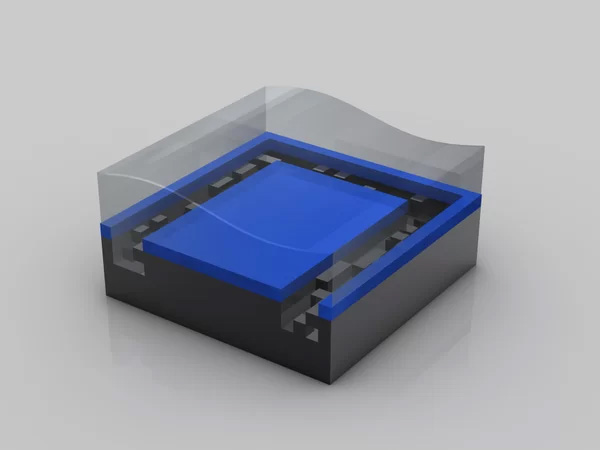

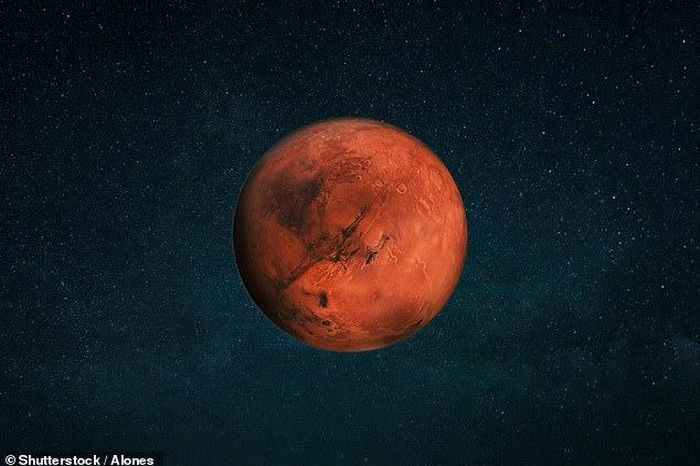








 Glusterfs and Ceph - Who is the winner in the file storage war?
Glusterfs and Ceph - Who is the winner in the file storage war? What is AppleScript?
What is AppleScript? Learn about Bluetooth 5.1
Learn about Bluetooth 5.1 What is Google Voice?
What is Google Voice? What is Kubernetes?
What is Kubernetes? Learn about stalkerware
Learn about stalkerware